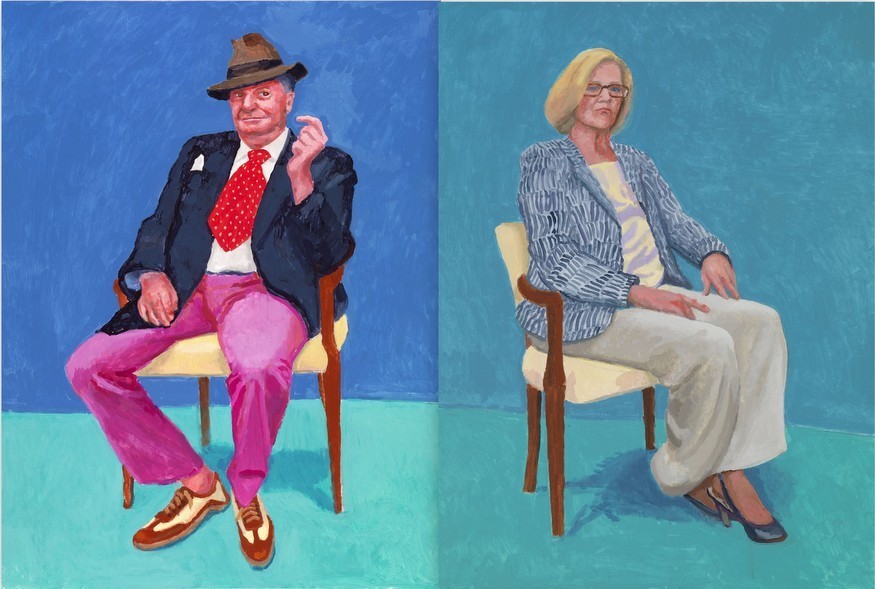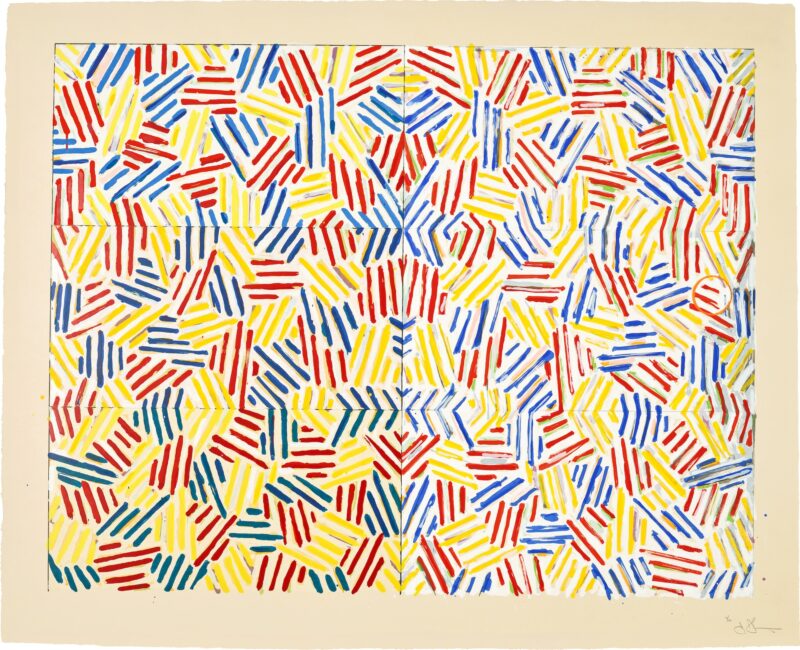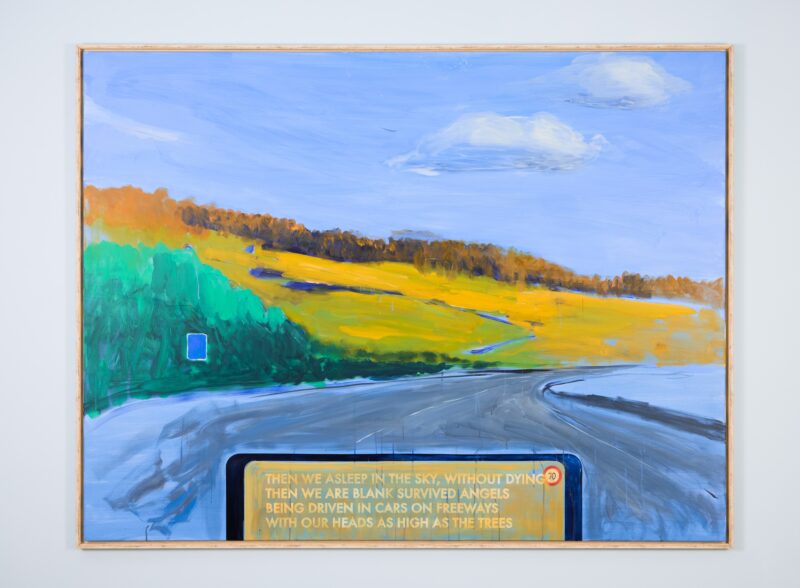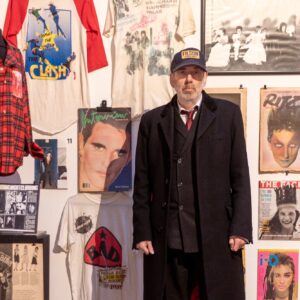Tabish Khan loves art and visits hundreds of exhibitions a year. But every now and then he comes across something in the art world that doesn’t meet his approval.
We live in a lucky age where there are hundreds of really good artists producing artworks. But every artist has an exhibition or a series of works that are wide of the mark.
Yet when this happens, particularly in an artist’s later years, there is a hesitance to say the work is not up to scratch — the exception is artist’s where it’s popular to criticise them, such as Damien Hirst and Jeff Koons.
Case in point is the latest Hockney exhibition. It’s terrible but it’s generally been met with a list of middling three star reviews. But read many of these reviews and it’s clear the critic hasn’t been impressed. But in the last paragraph they dial it back, rather than saying it’s awful.
I’ve seen similar treatment for the likes of Joseph Kosuth and Bruce Nauman. We certainly shouldn’t forget an artist’s contribution to art and art history. But there should be an open critical discourse.
Just look at other fields for comparison. Robert de Niro is a fine actor but if he turns in a terrible performance, then film critics don’t hesitate in sticking the knife in. Similarly if Roger Federer or Wayne Rooney plays a terrible match.
Any exhibition is an evolution that builds upon an artist’s previous work, but that doesn’t mean it can’t be terrible if their previous work has been great. Let’s start calling it that way.
For more in this series, see my thoughts opinions not being welcome, an exhibition across three countries, tackling race and gender in art, artist-curators, art fair hype, top 5s and top 10s, our political art is terrible, gap left by Brian Sewell, how art never learned from the Simpsons, why artspeak won’t die, so-called reviews,bad reviews are bad for business, the $179m dollar headline, art fairs appealing to the masses, false opening hours, size matters and what’s wrong with video art.
Image copyright David Hockney.







